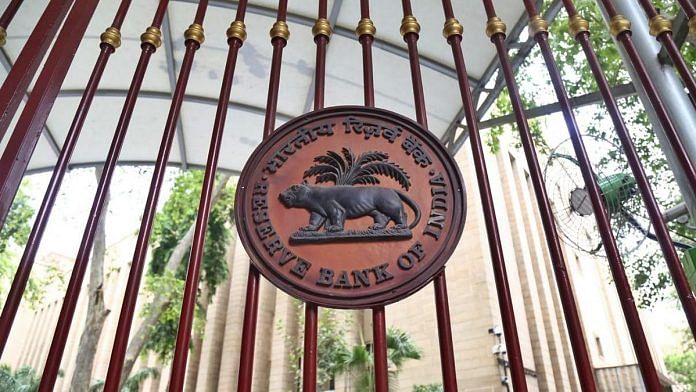Mumbai: The Indian central bank’s 2013 playbook to buffer the domestic currency against steep declines and rebuild foreign exchange reserves is unlikely to prove fruitful in the current crisis as economic fundamentals are vastly different, analysts said.
India‘s forex reserves have tumbled about $110 billion from a peak of $642 billion in September last year, and though that is largely due to the fall in the value of holdings in dollars and other currencies, another significant reason is the central bank’s intervention in the currency market to protect the rupee.
The local unit fell about 11% against the U.S. dollar in 2013, a slide it has already matched so far this year, with most market participants expecting further declines by the end of 2022.
To defend the rupee, the Reserve Bank of India has dipped into its forex reserves. It has sold a net $43.15 billion worth of dollars since the start of 2022, including $4.25 billion this August, the latest available data released on Monday showed.
“It would be important to rebuild FX reserves for sure. There will be urgency as fundamentals are also adverse,” said Madan Sabnavis, chief economist at Bank of Baroda.
The RBI, in July, announced some measures to liberalise foreign exchange inflows, including giving foreign investors access to a larger portion of government debt and banks wider room to raise more deposits from non-residents.
But these measures are unlikely to prove as effective right now as they had in 2013.
Unprofitable spreads
Back in 2013, the RBI had offered to swap the U.S. dollars banks had raised via foreign currency non-resident (FCNR) deposits or foreign currency funding for rupees at concessional rates.
It swapped FCNR deposits, with a maturity of three years or more, at a fixed rate of 3.5% per year, which was about 3 percentage points less than market rates at the time, while it swapped foreign currency funding at 1 percentage point below market rates.
These two swap windows had brought in around $34 billion at a crucial time, with $26 billion via the FCNR route alone.
But these methods are unlikely to be as fruitful now.
“The FCNR deposits route might not be as effective this time around, including for reasons like a narrower US-IN rate spread and less aggressive rate hikes in this cycle versus back in 2013,” said Radhika Rao, senior economist at DBS Bank.
This time around, with India‘s 3-year bond yields at 7.5% and U.S. yields at 4.5%, the 3% spread is unlikely to help investors make any profits on a fully hedged basis given the current hedging cost is about 6.5%-7%. Profits are unlikely even if the RBI offered a discount window, which it hasn’t so far.
“On fully hedged basis, a similar level of subsidy will not be good enough. Either domestic rates have to go up tremendously or the RBI will have to increase the subsidy to make things work,” said Vivek Kumar, senior economist at QuantEco Research.
Import cover
To add to the problems, India‘s economic fundamentals too have weakened.
The current account deficit has been widening and is expected to stay above 3% of gross domestic product for the current fiscal year, ending March 2023.
With capital flows also volatile, economists expect the balance of payments to be negative, depleting reserves further.
And while reserves at current levels are adequate to cover more than eight months of imports, analysts say a sustained depletion could cause some concern.
“A fall below eight months of import cover (about $500 billion) could start catching the market’s attention if the current account deficit stays above 3% of GDP,” said QuantEco’s Kumar.
“A panic situation prompting a forceful policy response could emerge if reserves touch six months of import cover, i.e., around $380 billion.”
Possible measures
Analysts said while short-term fixes could provide intermittent relief, policymakers would need to continue focussing on strengthening structural macro buffers.
Bank of Baroda’s Sabnavis suggested floating sovereign bonds, like the Resurgent India bonds (RIBs) India Millennium Deposit bonds (IMDs) in the past, to help boost forex reserves.
“Such measures can directly bring in dollars,” he said.
Sabnavis said the rupee could weaken further towards 82-83 levels in the near-term and fall to 84 if the dollar continues to strengthen. The local unit is currently at 82.28 per dollar.
“Hard to really gauge the level, and expectations tend to be adaptive based on how RBI reacts.”-Reuters
Also read: RBI’s policymakers divided on future path of rate hikes, meeting minutes show






